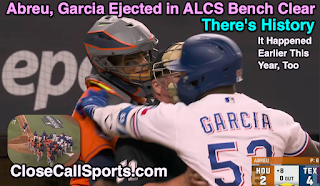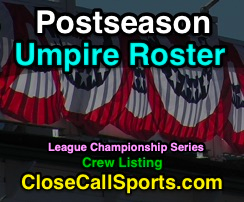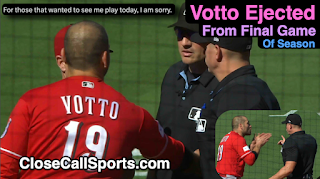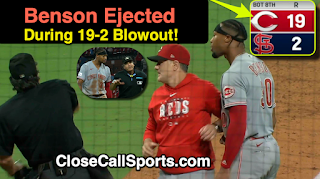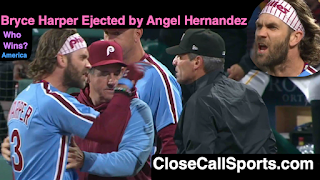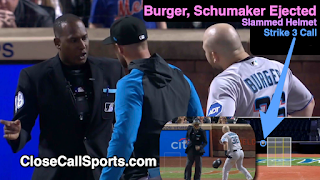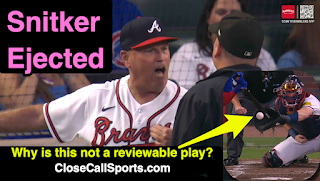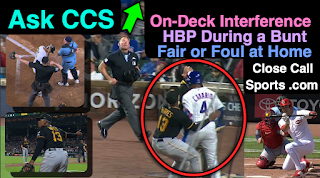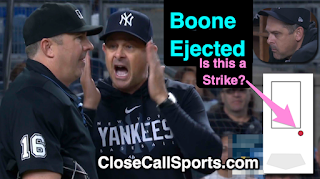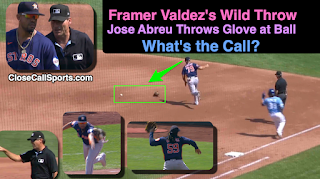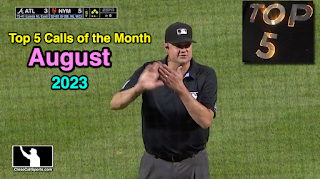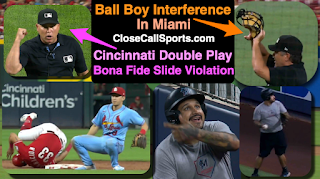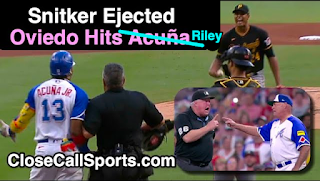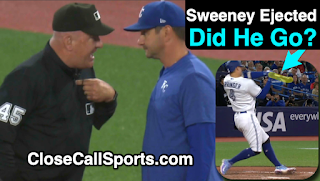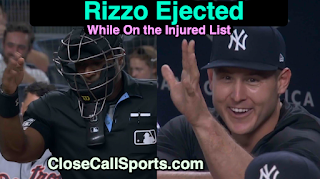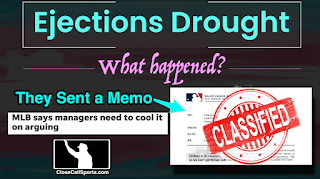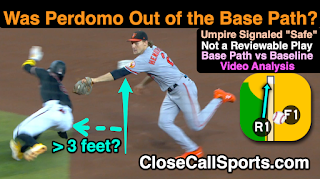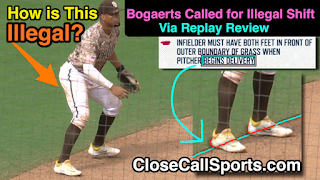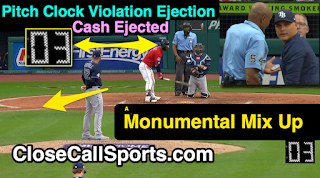Pitch Clock
Although the 15-second bases-empty pitch clock and 30-second between-batters pitch clock will remain the same in 2024, MLB will reduce the runners-on-base limit by two seconds, from 2023's mark of 20-seconds to 18 seconds in 2024. Furthermore, the pitch timer following foul balls or other dead ball situations will now begin upon the pitcher receiving the new baseball as opposed to 2023's start of the pitcher entering the dirt circle or mound area.
Mound Visit Limit
In 2023, teams were permitted five mound visits per game before being compelled to remove a pitcher for any subsequent visit exceeding this allotment. Umpires had discretion late in games to allow a mound visit without requiring the pitcher's removal. In 2024, teams will be allowed four mound visits until the 9th inning, when umpires may afford teams an additional visit without the must-remove-pitcher penalty.
Pitcher Minimum
In addition to the existing three-batter minimum rule for pitchers, 2024 will now require any pitcher who warms up on the field prior to an inning to face at least one batter (three for any pitcher newly into the game). This will prevent managers from executing pitching changes after warmups but before the first batter of the new inning.
Runner's Lane
Due to a flurry of runner's interference incidents, MLB will expand the runner's lane in 2024 to include the entirety of the dirt path between home plate and first base in fair territory, in addition to the existing three-foot wide lane in foul territory during the latter half of the distance to first base. This expansion effectively means runners may run to first base without penalty in fair territory, provided that both feet remain on or touching the dirt. A runner will be deemed legal if half of their foot is on the dirt and half on the infield grass in fair territory.
Video as follows:
Video as follows:






